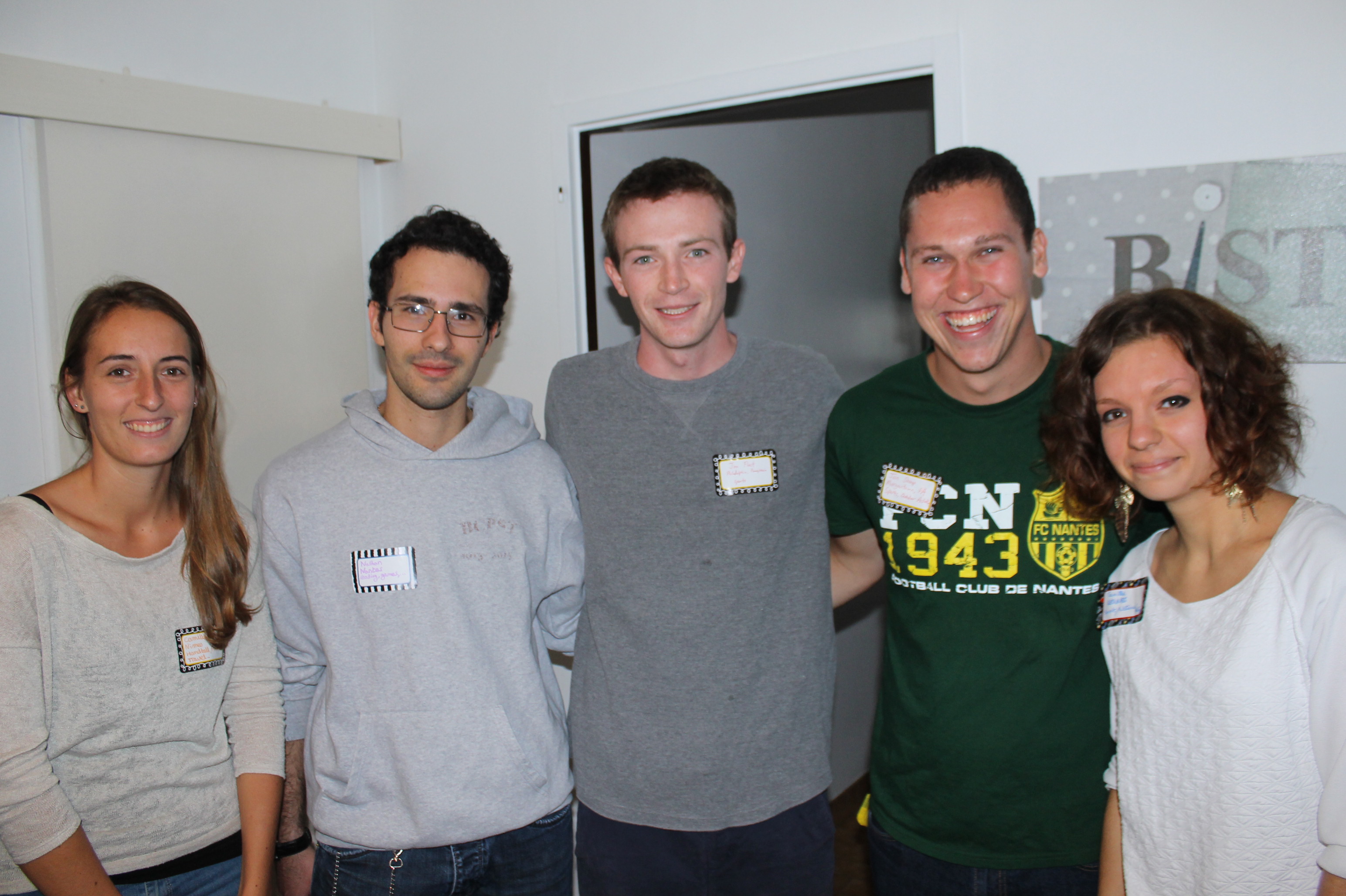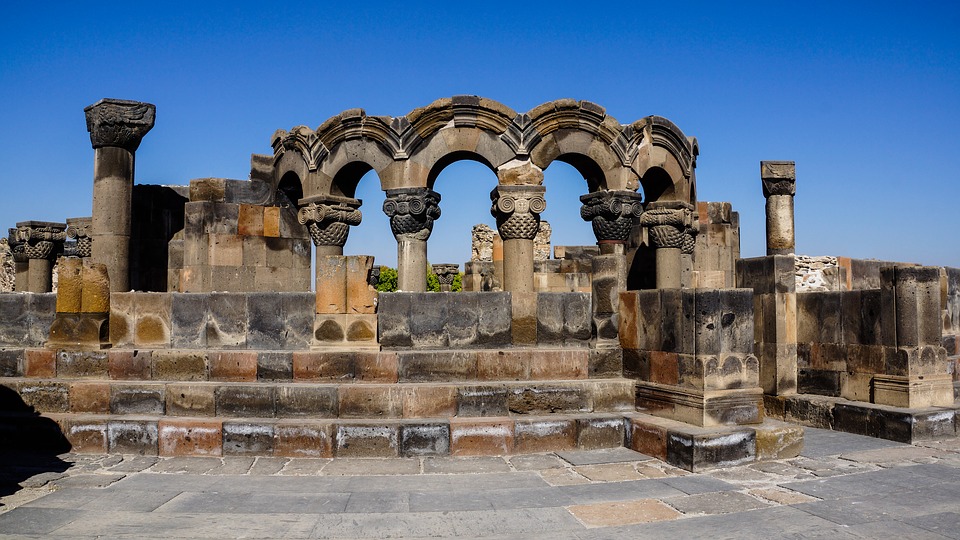Say Bonjour to Intercultural Friendships

Time, treasure, and talent — these are three areas of stewardship that often come to mind. But my dad always reminded me that there are other areas of stewardship, including one’s body, mind, spirit, and relationships. He told me not to underestimate the importance of relationships. As C. S. Lewis famously said in The Weight of Glory, There are no ordinary […]
Read more






